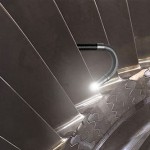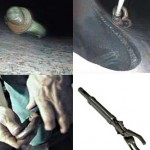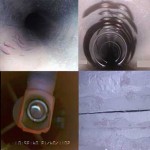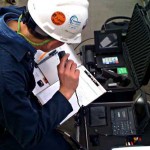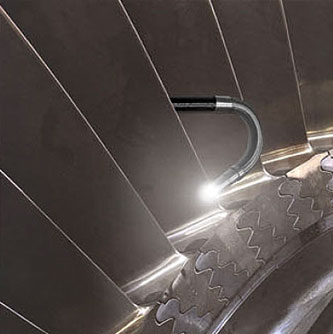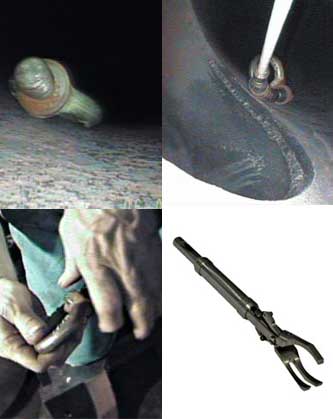Blog Posts
“Disassemble less and see more.” This is our mantra when it comes to performing a video bore scope inspection on your electrical generator.By simply removing the hand hole manway covers on each end of the generator, we can inspect deep into most areas of the generator including; under the retaining ring, in the gas gap …
Generally, High Energy Piping (HEP) is any four-inch or greater diameter piping system that operates at higher than 750 degrees F or greater than 1,025 psi absolute pressure.HEP is typically a term used throughout the Steam Generation Power Industry, but can also be found in Petrochemical, Pulp & Paper, Food & Beverage, Steam Distribution, University …
Industrial industries such as Power Generating Stations, Refineries, and Food and Beverage facilities depend upon all manner of piping systems to operate. Look Technologies maintains equipment with decades of experience in inspecting much of this piping.
From steam piping to underground piping, we operate with the most advanced equipment in the field and work to provide …
FME closeout inspections are a very important part of the maintenance / outage process. Foreign material is never a good thing if left behind, it can cause blockages, damage equipment including rotating equipment.
Closeout inspections are typically performed on steam turbines, gas turbines, and electrical generators and highly recommended for other components such as condensers, pumps, …
Probably the most prolific application for the videoborescope are applications in turbines, both steam turbines and gas turbines, though the applications are very different for each. Today we’re going to concentrate on nozzle block and blade inspections in High Pressure (HP) steam turbines through access from a removed control or governor valve. Because the length …
One would think cement manufacturing would be a fairly straightforward procedure, though in fact, it is a very complex process requiring precise temperature controls and airflow patterns. Because of this, both fuel and product lines must flow freely. The process also requires temperatures above 2000 degrees Fahrenheit requiring refractory lining in the mill chutes and …

